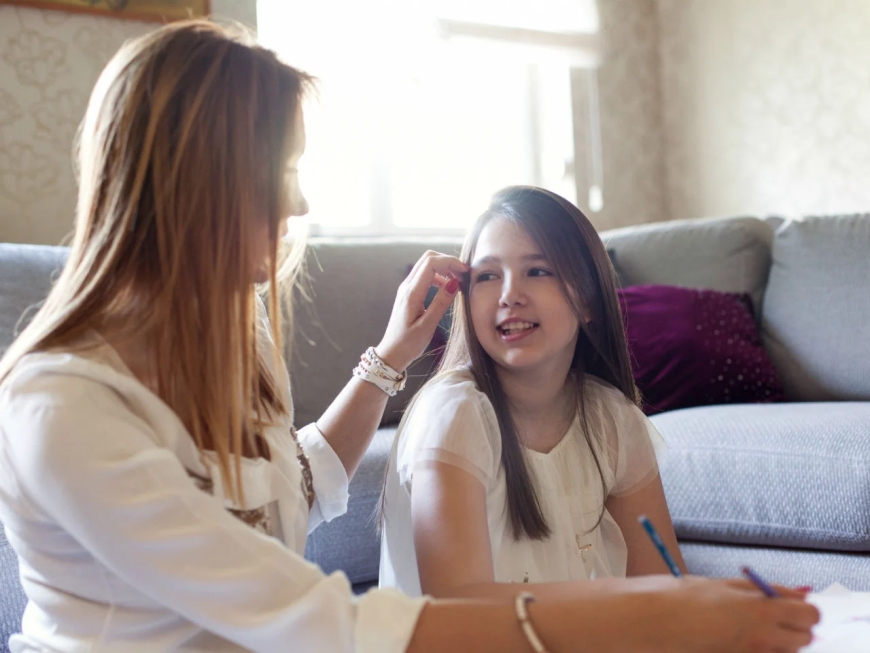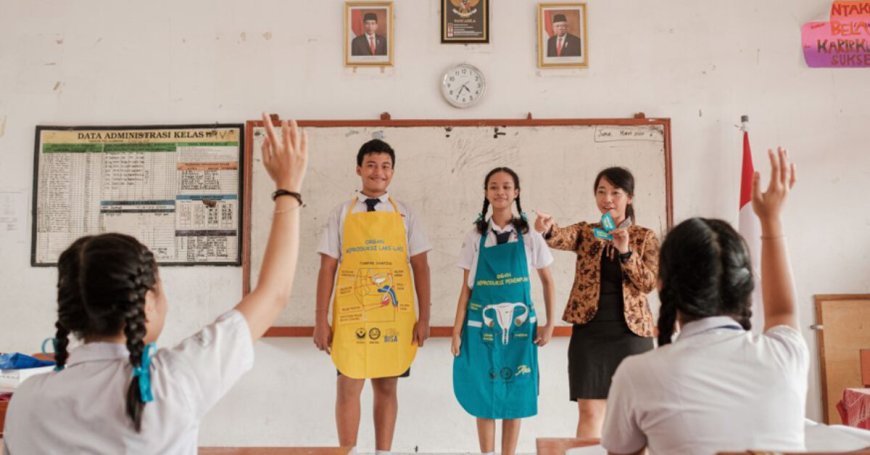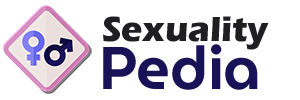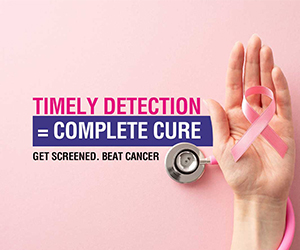Age-Appropriate Sex Education: A Guide to Teaching Sexual Health Across Different Developmental Stages
iscover how to provide age-appropriate sex education from early childhood through high school, with developmental guidelines for parents and educators at every stage.

One of the most critical aspects of effective sex education is ensuring content matches children's developmental stages. Age-appropriate sexual health education respects cognitive, emotional, and social development while providing essential information at the right time. Understanding what to teach and when can help parents and educators create positive, supportive learning experiences.
Early Childhood (Ages 3-5): Building Foundations
During early childhood, sexual health education focuses on basic concepts that form the foundation for later learning. Children at this stage are naturally curious about their bodies and differences between people.
Key topics include proper names for body parts, including genitals, which helps children communicate clearly about their bodies and can be important for safety. Basic concepts about families and how babies are made can be introduced simply, such as "babies grow in a special place inside mommies."
Personal safety becomes crucial at this age. Children learn about private parts, appropriate and inappropriate touching, and the importance of telling trusted adults if someone makes them uncomfortable. The concept of consent begins with teaching children they have the right to say no to unwanted physical contact, even hugs from relatives.
Body autonomy and respect for others' bodies are introduced through everyday interactions. Children learn that everyone's body belongs to them and should be treated with respect.
Elementary School (Ages 6-10): Expanding Understanding
Elementary-aged children are ready for more detailed information while maintaining age-appropriate boundaries. Their cognitive abilities allow for more complex conversations about bodies, relationships, and safety.
Physical development topics include more detailed anatomy education, understanding how bodies grow and change, and basic information about puberty preparation. Children learn that bodies develop at different rates and that these changes are normal.
Relationship concepts expand to include different types of families, friendship skills, and basic communication strategies. Children explore concepts of respect, kindness, and how to treat others fairly.
Safety education becomes more comprehensive, covering online safety basics, recognizing trusted adults, and understanding that secrets about bodies or safety should always be shared with parents or teachers.
Reproduction education remains simple but can include basic information about how babies develop and are born, presented in factual, age-appropriate language.
Middle School (Ages 11-13): Navigating Puberty
Middle school represents a crucial time for sexual health education as students experience or anticipate puberty. Physical and emotional changes create new learning needs and opportunities.
Puberty education becomes central, covering physical changes for all genders, emotional changes during adolescence, and hygiene practices. Students learn that puberty timing varies widely and that these differences are normal.
Reproductive health topics include menstruation, nocturnal emissions, and basic reproductive anatomy and physiology. Information should be comprehensive enough to reduce anxiety and provide practical guidance.
Relationship dynamics become more complex as students explore friendship changes, peer pressure, and early romantic feelings. Communication skills, conflict resolution, and respect in relationships become important topics.
Identity development is supported through discussions about self-esteem, body image, and beginning conversations about sexual orientation and gender identity in inclusive, supportive ways.
Digital citizenship and online safety take on new importance as students gain more internet access and may encounter inappropriate content or requests for personal information.

High School (Ages 14-18): Comprehensive Information
High school students are capable of understanding complex information about sexuality, relationships, and health. Education at this level prepares students for adult decision-making and responsibilities.
Sexual health topics include comprehensive information about contraception, sexually transmitted infection prevention, and reproductive health services. Students learn about making informed decisions and accessing healthcare independently.
Healthy relationships receive significant attention, including communication skills, consent education, recognizing unhealthy relationship patterns, and understanding that relationships should be based on mutual respect and equality.
Decision-making skills help students evaluate choices, understand consequences, and align decisions with personal values. This includes discussions about readiness for sexual activity and the various factors to consider.
Life skills preparation includes understanding sexual rights and responsibilities, accessing healthcare services, and planning for future goals including education, career, and family planning.
Tailoring Approaches to Individual Needs
While developmental stages provide helpful guidelines, every child develops at their own pace. Some children may be ready for certain information earlier or later than their peers. Observing individual readiness cues and maintaining open communication helps determine appropriate timing.
Cultural and family values should be considered while maintaining factual accuracy. Families may want to frame information within their own value systems while ensuring children receive medically accurate information.
Special considerations may be needed for children with developmental differences, those who have experienced trauma, or those facing particular challenges. Individualized approaches ensure all children receive appropriate support and information.
Creating Supportive Learning Environments
Successful age-appropriate sex education requires creating safe, supportive environments where children feel comfortable asking questions and discussing concerns. This involves training educators, preparing age-appropriate materials, and maintaining open communication between home and school.
Regular evaluation and adjustment of programs ensures they continue meeting students' developmental needs and responding to changing social and technological contexts.

The Long-Term Benefits
When sexual health education is appropriately matched to developmental stages, children develop healthy attitudes toward their bodies, relationships, and sexuality. They're better prepared to make informed decisions, communicate effectively, and seek help when needed.
Age-appropriate sex education creates a foundation for lifelong sexual health and wellbeing, supporting children as they grow into healthy, informed adults.











